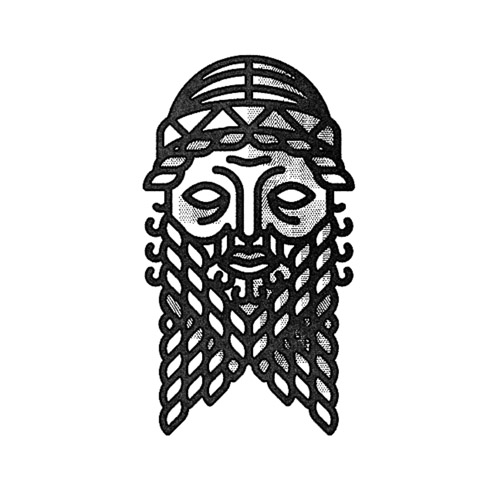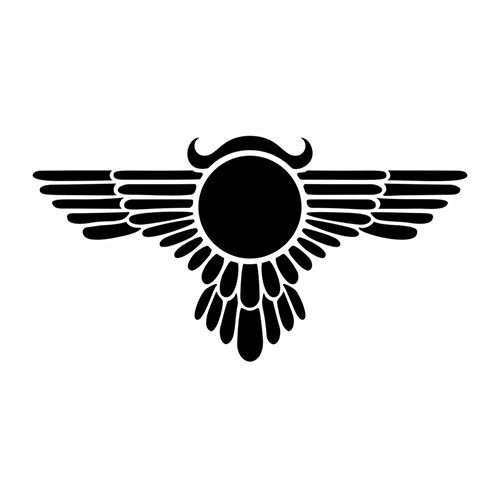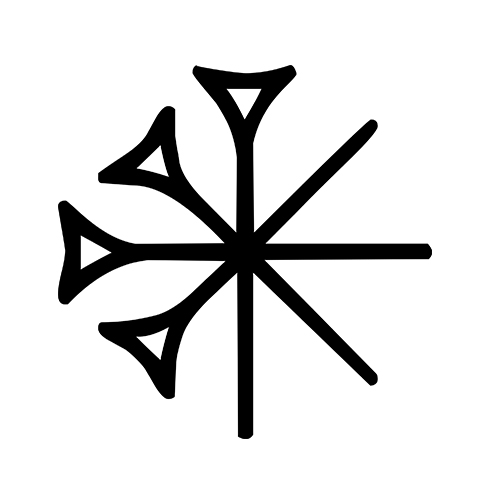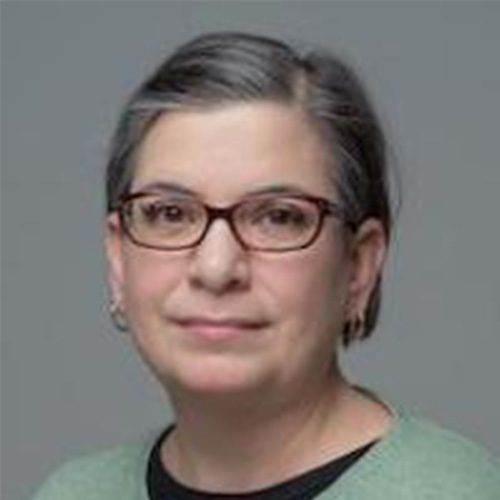About
"Ancient Mesopotamian Gods and Goddesses" (AMGG) is a project sponsored by the University of Pennsylvania. As of June 2020, the project was headed by Nicole Brisch from the University of Copenhagen. The project scope, according to the website's about page, hopes to list the top fifty Mesopotamian deities (funding was cited as a limitation): "This website offers information about the fifty most important gods and goddesses and provides starting points for further research."
Source: OMNIKA
From the project's about page: "About the project. The literary heritage of ancient Mesopotamia, the area roughly corresponding to the modern state of Iraq, is the oldest literature known to mankind. Many of the stories known from the Old Testament are rooted in older Mesopotamian myths, the most famous example being the flood story. In studying Mesopotamian literature and religion we can gain an insight into how ancient peoples imagined the world and coped with themes that are still relevant today: mortality and immortality, good and bad luck, order and chaos, and the unpredictability of the future.
Mesopotamian literature is infused with the divine. Religion played a crucial part in the way Mesopotamians expressed their thoughts about human life. Mesopotamian religion was polytheistic, with the Mesopotamian pantheon consisting of hundreds if not thousands of gods of varying importance. In ancient Mesopotamia, each city had a different patron deity. Each of the deities had different characteristics and peculiarities, such as the famous goddess Inana, later syncretized, i.e. merged, with the goddess Ištar. Inana/Ištar was the ancient goddess of love and war. She often created havoc because she tested the boundaries and limits of her power. This is best visible in the ancient Sumerian myth of Inana's Descent to the Netherworld, in which Inana tries to conquer the netherworld and with it death, but then brings procreation on earth to a halt. The god Enki then has to revive her so that normal life can resume on earth. But no one, not even a goddess, escapes death without paying a price: Inana has to find a substitute, who will go to the netherworld in her place. She comes upon her hapless husband Dumuzi, who far from mourning his wife's passing, is found celebrating. Dumuzi is then sent to the netherworld instead of Inana.
The complex mythology, or perhaps better mythologies, of ancient Mesopotamia cannot be understood without a basic insight into the functions and characteristics of Mesopotamian gods and goddesses. Thus, the god Enki, who also helped Inana and by extension the people, often helps mankind, for example in the Babylonian story of the flood. The flood story, well known from the Hebrew Bible, is attested in much older manuscripts from ancient Mesopotamia. The story of Atram-hasis, the Mesopotamian "Noah," is the original story of the flood, in which the god Enlil decides to destroy humanity, because the people annoy the gods with their noise. But Enki warns Atram-hasis and instructs him to build a boat that will help him survive the terrible flood.
Due to restrictions in space and funding, only the fifty most important deities could be included in this project. The entries are designed to serve as a starting point for further research. The learning aspects of this project are two-fold. First, it is designed to serve as a tool for independent learning, in particular for undergraduate students. Second, but no less important, is that the individual entries were written by PhD students of Assyriology at the University of Cambridge as an incentive to write concise but lively articles on the most important deities of Mesopotamian religion.
Timing, Development, and Feedback: The project began in November 2010 and this website went online in May 2011. Feedback is always welcome, please email contactamgg1 at gmail dot com.
Sponsors: The project was funded by a Teaching Development Grant from the UK Higher Education Academy's Subject Centre for History, Classics, and Archaeology in 2009-2010.
Project Team
- Nicole Brisch, University of Copenhagen
- Yagmur Heffron, UCL
- Ruth Horry
- Alex Loktionov
- Eleanor Robson, UCL
- Christoph Schmidhuber
- David Konitzny, Webdesign
- Kathryn Stevens, Durham University
- Adam Stone
- Johanna Tudeau, Bern University
- Mark Weeden, SOAS
Consultants
- Dr Jacob Dahl, University of Oxford
- Professor Eckart Frahm, Yale University
- Professor Andrew George, SOAS
- Dr Alasdair Livingstone, University of Birmingham
- Dr Augusta McMahon, University of Cambridge
- Professor Dr Daniel Schwemer, Universität Würzburg
- Dr Magnus Widell, University of Liverpool
(retrieved on June 7, 2020.)"
Source: Author or Publisher
expand_more Read more Read less
Access
External sources
Primary
Belief system

Akkadian refers to a culture that emerged in Mesopotamia during the third millennium BCE. The belief system included many deities, most of whom were later diffused into Sumerian, Babylonian, and Assyrian culture.
Belief systems cited
Contributor
Cite this work
ChicagoBrisch, Nicole, et al. AMGG: Ancient Mesopotamian Gods and Goddesses. ORACC and the UK Higher Education Academy, The University of Pennsylvania. http://oracc.museum.upenn.edu/amgg/index.html. Accessed June 7, 2020.









